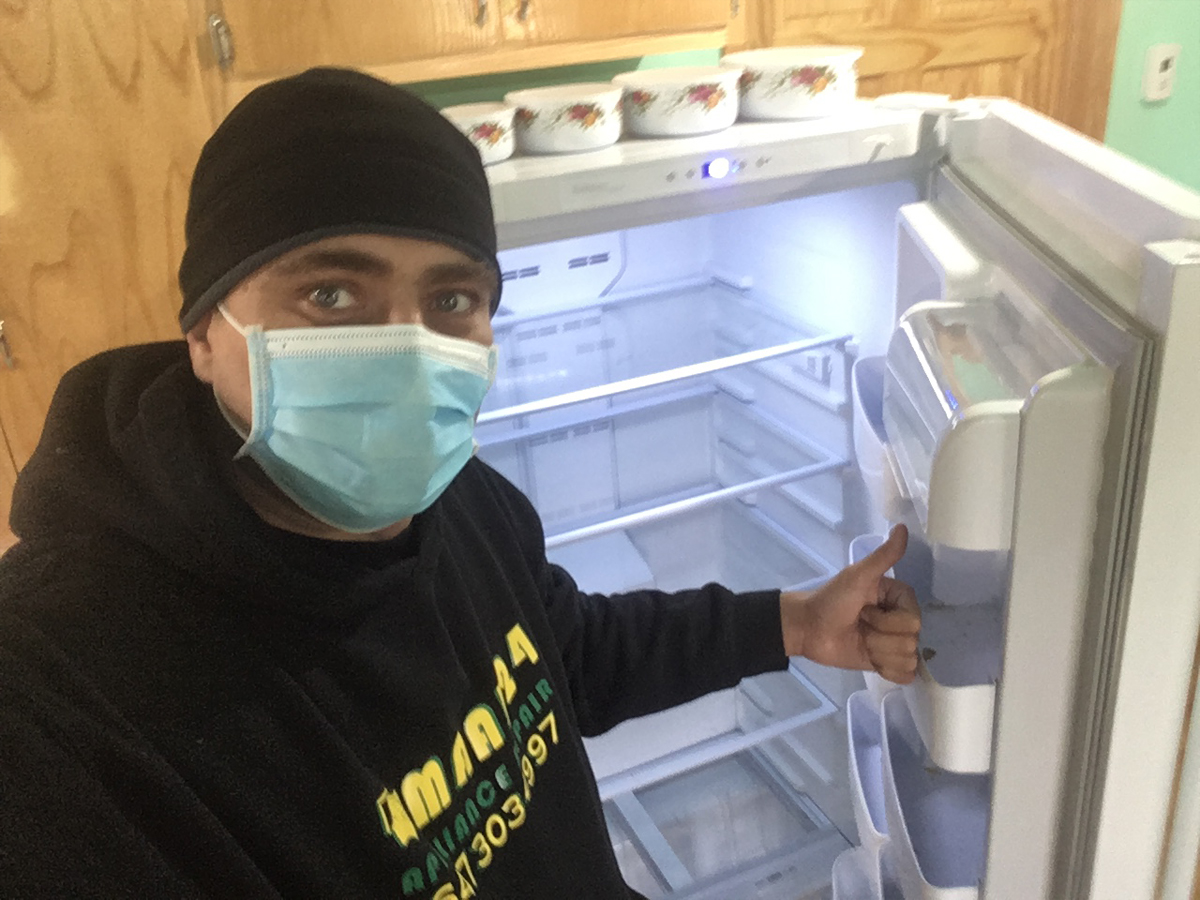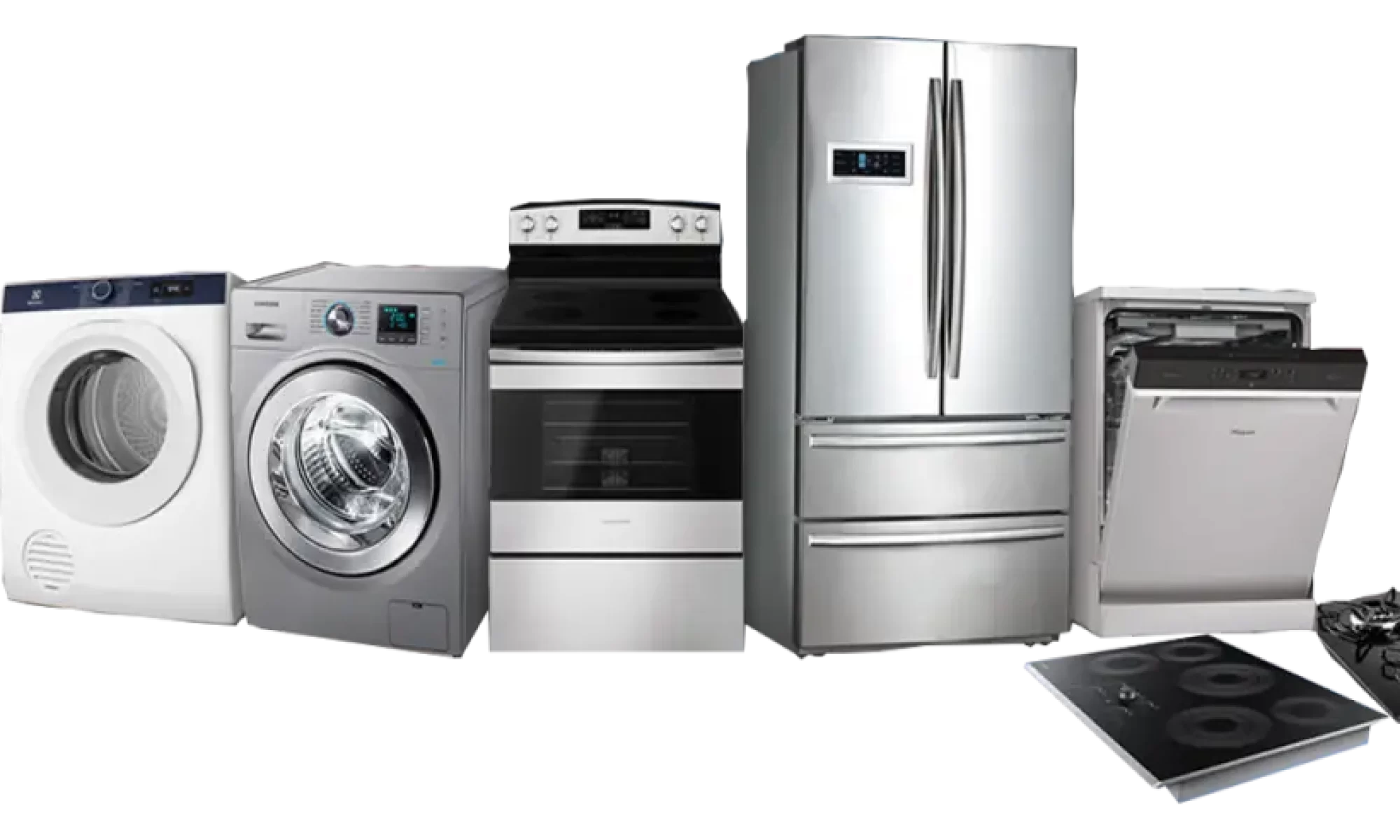KitchenAid refrigerators are known for their quality and performance in keeping your food fresh and your kitchen organized. However, like any household appliance, they can develop issues over time that require repair. If you’re experiencing problems with your KitchenAid fridge, here are some steps and considerations for troubleshooting and potentially repairing it:
- Fridge Not Cooling:
- Verify that the thermostat settings are correct and that you’ve allowed sufficient time for the fridge repair to reach the desired temperature.
- Ensure that the refrigerator is properly plugged in, and the circuit breaker or fuse for the outlet is functional.
- Check for any obstructions around the fridge’s air vents that could affect airflow.
- If your fridge has a freezer, inspect the evaporator coils for frost buildup. Excessive frost can impede cooling and may indicate a problem with the defrost system.
- Fridge Too Cold:
- If the fridge is excessively cold, and items are freezing, consider adjusting the thermostat to a higher setting.
- Examine the door gaskets for any signs of damage or wear. A faulty gasket can allow cold air to escape, leading to overcooling. Replace the gasket if necessary.
- Fridge Leaking Water:
- If you notice water pooling inside the fridge or leaking onto the floor, it could be due to a clogged defrost drain. Clear the drain of any obstructions.
- Check the water supply line for leaks or loose connections if your fridge has a built-in water dispenser or ice maker.
- Ice Maker Not Working:
- If your KitchenAid fridge has an ice maker that’s not producing ice, check the water supply to the fridge. Ensure that the water valve is open, and the water line is not frozen or kinked.
- Examine the ice maker unit for visible issues, such as broken parts or ice jams. You may need to replace or repair these components.
- Unusual Noises:
- Strange or loud noises during fridge operation may indicate problems with the condenser fan, evaporator fan, or the compressor. Inspect these components for damage or obstructions.
- Leaking Refrigerator:
- If you notice water leaking from your refrigerator, turn it off and unplug it immediately to prevent electrical hazards.
- Inspect the door gaskets (both for the fridge and freezer compartments) for visible damage or wear. Damaged gaskets can allow warm air to enter, leading to condensation and leaks.
- Seek Professional Help:
- For complex fridge issues, especially those involving electronic control boards or refrigeration system problems, it’s advisable to contact a qualified appliance repair technician.
Before attempting any repairs, consult the user manual for your KitchenAid fridge, as it may provide specific troubleshooting steps and safety guidelines. Additionally, check the warranty status of your appliance, as certain repairs may be covered under warranty if the fridge is still within its warranty period.
If you’re uncertain about how to proceed with a repair or if the problem persists after basic troubleshooting, don’t hesitate to reach out to a professional appliance repair service for a thorough assessment and repair of your KitchenAid fridge. Your safety and the proper functioning of your refrigerator are paramount.

Kitchen Aid Refrigerator not cooling – how to fix your broken fridge or get a great deal
Fixing common and uncommon Fridge issues
- Broken freezer
- Error code on the Fridge electronic panel
- Freezer defrost drain problems
- Freezer indicator light not working
- Freezer is cold but refrigerator is warm
- Freezer is not cold enough
- Freezer only freezes top shelf
- Fresh food compartment warming up
- Fridge doors are not closing properly
- Fridge fan is not working properly
- Fridge Freezer coils frosting up
- Fridge Ice maker doesn’t dispense ice
- Fridge is freezing food
- Fridge is not working at all
- Fridge is too cold
- Ice build-up in freezer
- Ice maker is broken
- Ice maker not working
- Ice maker overflowing
- Ice not coming out of ice maker
- Moisture on the Refrigerator Door
- Refrigerator compressor is too hot
- Refrigerator defrost drain problems
- Refrigerator is loud or noisy
- Refrigerator not defrosting
- Water doesn’t come out of the dispenser
- Water leakage under the fridge
Common Fridge Parts That We Can Replace
- Condenser Fan Motor
- Freezer door
- Fridge Air filter
- Fridge AL-Heater
- Fridge BI-Meter
- Fridge Bulb Holder
- Fridge Crisper drawer
- Fridge Defrost bi-metal thermostat
- Fridge Defrost button
- Fridge Defrost heater and thermistor
- Fridge Defrost timer or board
- Fridge Door Gasket
- Fridge Door shelf bin
- Fridge Door Switch
- Fridge Drain water sink try
- Fridge Drain water tub
- Fridge Evaporator Fan Motor
- Fridge Fuse
- Fridge Ice Maker
- Fridge Inlet valve
- Fridge Insulation
- Fridge Main Control Board
- Fridge Partition Iron meshes
- Fridge PTC Starter
- Fridge Temperature Control
- Fridge Thermostat Knob
- Fridge Water filter
Service Area
- Mississauga
- Dundas
- Georgetown
- Elora
- Erin
- Grimsby
- Guelph
- Hagersville
- Halton Hills
- Hamilton
- Innerkip
- Kitchener
- Kleinburg
- Lincoln
- Milton
- Maple
- New Hamburg
- Nobleton
- North York
- Oakville
- Port Colborne
- Port Dover
- Simcoe
- St. Catharines
- Stoney Creek
- Stratford
- Thornhill
- Vaughan
- Waterdown
- Waterford
- Waterloo
- Welland
- Woodbridge
- Woodstock
- Fonthill
- Ancaster
- Acton
- Bolton
- Brampton
- Brantford
- Burlington
- Caledon
- Caledonia
- Cambridge
- Cayuga
- Concord
- Delhi
- Paris
- St. Jacobs
- Niagara-On-The-Lake
- Niagara-Falls
- East York
- King City
- Richmond Hill
- Scarborough
- Ajax
- East Gwillimbury
- Barrie
- Peterborough
- Clarington
- Creemore
- Binbrook
- Innisfil
- Keswick
- Lindsay
- Little Britain
- Port Hope
- Port Perry
- Pickering
- Aurora
- Schomberg
- Stouffville
- Uxbridge
- Beaverton
- Bowmanville
- Bradford
- Georgina
- Oshawa
- Orillia
- Markdale
- Drayton
- Dundalk
- Elmvale
- Flesherton
- Grand Valley
- Minesing
- Mono
- New Tecumseth
- Shelburne
- Wasaga Beach
- Orangeville
- Angus
- Collingwood
- Springwater
- Windmill

